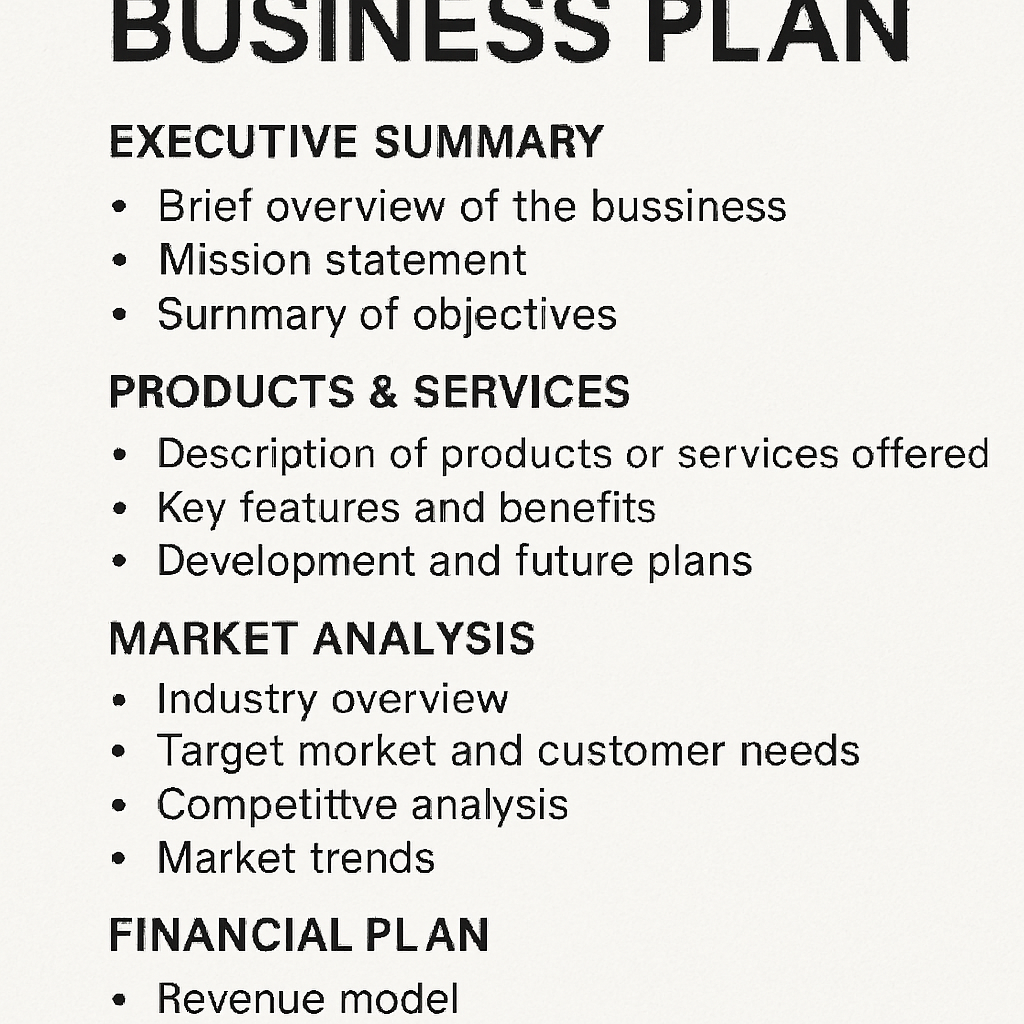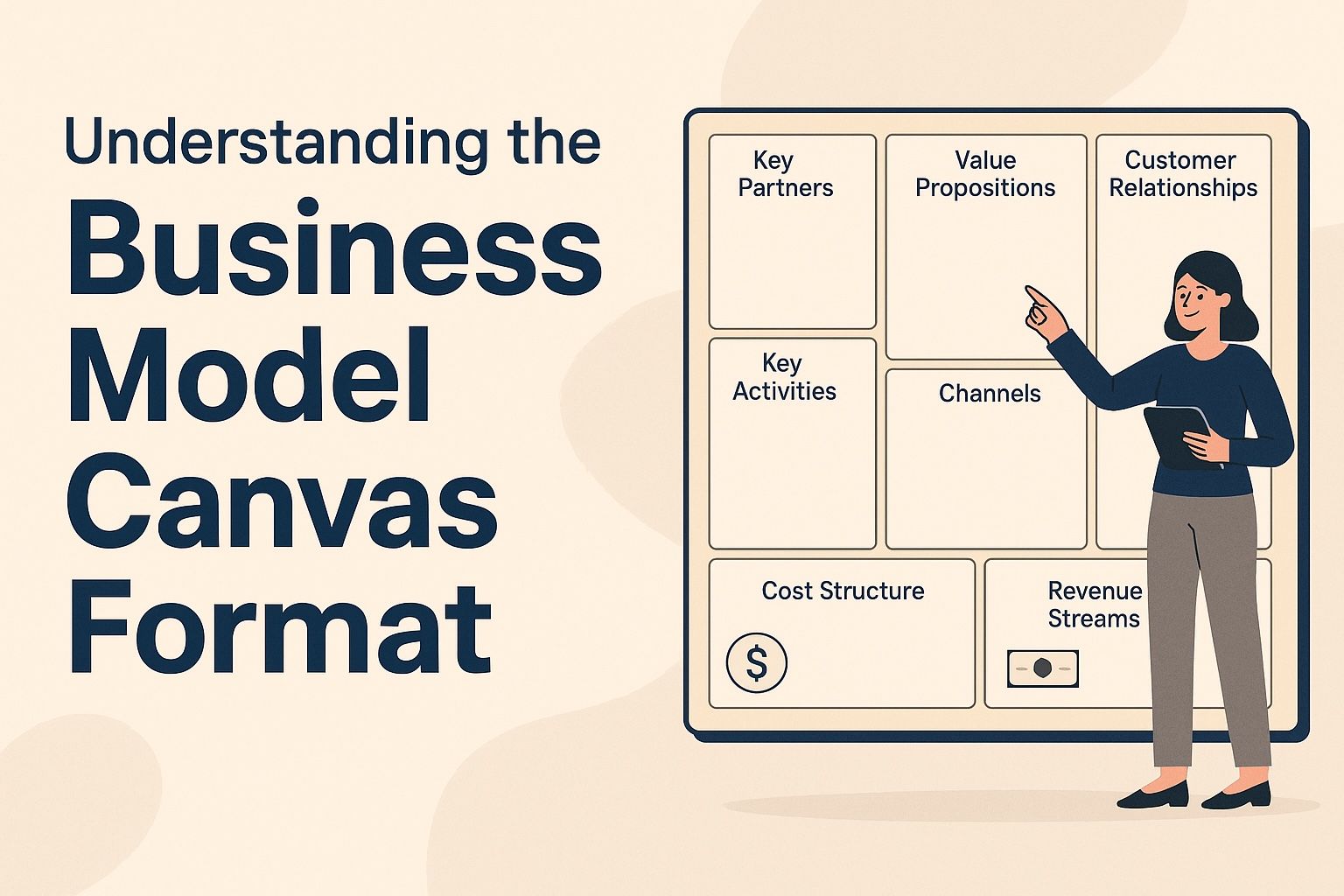Essential Elements of a Marketing Plan Template
A marketing plan serves as a roadmap for your marketing strategies and activities. It outlines your business goals, target audience, marketing tactics, budget, and performance metrics. By having a structured plan, you can ensure that all marketing efforts are aligned with your business objectives and that resources are allocated efficiently.
A marketing plan is crucial because it provides direction and focus. It ensures that every marketing decision contributes towards the business’s overarching goals. Without a clear plan, marketing efforts can become disjointed, leading to wasted resources and missed opportunities. By having a marketing plan, you create a clear pathway for success, ensuring your team understands the priorities and objectives.
A marketing plan should not exist in isolation from the overall business strategy. Instead, it should be tightly integrated with the company’s objectives. This alignment ensures that marketing activities support the business's growth targets and operational goals. When marketing aligns with business objectives, it becomes a powerful tool for driving business success.
Efficiency is key in any marketing strategy. A well-structured marketing plan helps in streamlining marketing efforts, ensuring that resources are used wisely. It allows businesses to focus on strategies that yield the best results, avoiding unnecessary expenditure. By clearly defining tactics and allocating resources accordingly, businesses can maximize their marketing budget and achieve better outcomes.
The executive summary offers a snapshot of your marketing plan. It summarizes the main points, including the business goals, target market, and key marketing strategies. Although it appears first in the document, it's often written last, after you've detailed the rest of the plan.
An effective executive summary should be concise and compelling, providing a quick overview of the marketing plan. It should highlight the critical aspects of the plan, such as key strategies, objectives, and expected outcomes. This section should capture the reader’s attention, encouraging them to explore the detailed plan further.
In your executive summary, include elements such as the mission statement, core marketing objectives, and the unique selling proposition (USP). Additionally, briefly outline the target audience and the primary strategies to be employed. This summary should give a clear picture of what the marketing plan aims to achieve and how.
It's generally advisable to write the executive summary last, once the entire marketing plan is complete. This approach ensures that all the key points are covered and accurately reflected. By summarizing the detailed plan, you ensure that the executive summary is comprehensive and aligned with the overall marketing strategy.
Clearly define what you want to achieve with your marketing efforts. These goals should be specific, measurable, achievable, relevant, and time-bound (SMART). Whether you're aiming to increase brand awareness, drive more sales, or expand into new markets, having clear objectives will guide your marketing strategies.
SMART goals are an essential part of any marketing plan. These goals provide clarity and direction, ensuring that marketing efforts are focused and effective. By setting specific, measurable, achievable, relevant, and time-bound objectives, businesses can track progress and make informed decisions.
Marketing goals should support the broader objectives of the business. Aligning marketing goals with business growth targets ensures that marketing efforts contribute to the company’s success. This alignment helps in prioritizing initiatives that drive the most value and support strategic business objectives.
Regularly reviewing and adjusting marketing goals is crucial to adapt to changing market conditions. As the business environment evolves, so should the marketing objectives. By staying flexible and responsive, businesses can ensure that their marketing efforts remain relevant and effective.
Conduct thorough market research to understand your industry, competitors, and target audience. This section should include:
- Industry Analysis: Identify market trends, opportunities, and challenges.
- Competitive Analysis: Analyze your competitors' strengths and weaknesses.
- Customer Analysis: Understand your target audience's demographics, preferences, and behaviors.
Industry analysis helps in identifying trends, opportunities, and potential challenges within the market. By understanding the industry landscape, businesses can position themselves strategically and capitalize on emerging trends. This analysis also helps in identifying potential threats and preparing strategies to mitigate them.
Competitive analysis involves assessing competitors’ strengths and weaknesses. This analysis provides insights into what competitors are doing well and where there might be gaps or opportunities. Understanding the competitive landscape helps businesses differentiate themselves and develop unique strategies to gain a competitive edge.
Customer analysis focuses on understanding the target audience’s demographics, preferences, and buying behaviors. By gaining insights into what motivates customers, businesses can tailor their marketing strategies to meet customer needs effectively. This understanding is crucial for creating value propositions that resonate with the target audience.
Define your ideal customers by creating buyer personas. These personas are fictional representations of your target audience, based on real data and insights. Consider factors such as age, gender, income, location, interests, and buying habits.
Buyer personas are detailed profiles that represent segments of your target audience. They help in understanding the needs, preferences, and behaviors of different customer groups. By creating detailed personas, businesses can tailor their marketing messages and strategies to resonate with specific audience segments.
Segmentation involves dividing the target audience into distinct groups based on shared characteristics. This approach allows businesses to develop targeted marketing campaigns that address the specific needs of each segment. By understanding the nuances of different audience segments, businesses can achieve higher engagement and conversion rates.
Personalization is key to connecting with the target audience. By tailoring marketing messages to the preferences and needs of different audience segments, businesses can create more meaningful connections. Personalized marketing messages are more likely to engage the audience and drive desired actions.
Your USP is what sets your business apart from competitors. It's the unique benefit or value that you offer to customers. Clearly articulate your USP to highlight why customers should choose your products or services over others.
A unique selling proposition (USP) highlights the unique value that a business offers to its customers. It differentiates the business from its competitors, making it a compelling choice for customers. By clearly defining the USP, businesses can communicate their value proposition effectively and attract the right audience.
Once defined, the USP should be communicated consistently across all marketing channels. This consistency ensures that the target audience understands the unique benefits offered by the business. Effective communication of the USP can enhance brand perception and drive customer loyalty.
The USP should be a central element of the marketing strategy. It should guide messaging, branding, and positioning efforts to ensure alignment with the business’s unique value proposition. By leveraging the USP, businesses can differentiate themselves and create a strong brand identity in the market.
Outline the specific marketing strategies and tactics you will use to achieve your goals. These may include:
- Digital Marketing: Utilize social media, content marketing, SEO, and email marketing.
- Traditional Marketing: Leverage print advertising, direct mail, and events.
- Partnerships and Collaborations: Form strategic alliances with other businesses or influencers.
Digital marketing encompasses a range of online strategies, from social media to SEO. By leveraging digital channels, businesses can reach a wider audience and engage with them in real-time. Effective digital marketing strategies can enhance brand visibility, drive traffic, and increase conversions.
While digital marketing is crucial, traditional marketing methods still hold value. Print advertising, direct mail, and events can complement digital efforts and reach audiences that prefer offline interactions. By incorporating traditional marketing, businesses can create a comprehensive marketing strategy that covers all bases.
Strategic partnerships and collaborations can enhance marketing efforts. By partnering with other businesses or influencers, companies can expand their reach and tap into new audiences. Collaborations can also bring fresh perspectives and ideas, enriching the marketing strategy.
Allocate a budget for each marketing activity and identify the resources required. This section should include:
- Marketing Budget: Estimate costs for advertising, promotions, and campaigns.
- Resource Allocation: Identify team members responsible for executing each strategy.
Budgeting is a critical aspect of any marketing plan. Estimating marketing costs ensures that resources are allocated efficiently and that spending aligns with business objectives. A well-defined budget helps in prioritizing initiatives and avoiding overspending.
Resource allocation involves assigning team members to specific marketing tasks. By clearly defining roles and responsibilities, businesses can ensure that marketing efforts are executed efficiently. Effective resource allocation also helps in optimizing team productivity and achieving better results.
Regularly monitoring budget utilization is crucial to ensure that spending remains on track. By tracking expenses against the budget, businesses can identify areas of overspending or underspending. This monitoring helps in making necessary adjustments to optimize resource utilization.
Determine how you will measure the success of your marketing plan. Establish key performance indicators (KPIs) that align with your goals. These could include website traffic, conversion rates, social media engagement, or return on investment (ROI).
Key performance indicators (KPIs) are metrics used to measure the success of marketing efforts. By identifying relevant KPIs, businesses can track progress towards their marketing goals. These indicators provide valuable insights into the effectiveness of marketing strategies and tactics.
Measuring marketing success involves analyzing performance data against established KPIs. By evaluating metrics such as website traffic, conversion rates, and engagement, businesses can assess the effectiveness of their marketing efforts. This analysis helps in identifying areas for improvement and optimizing strategies.
Performance metrics should inform decision-making and strategy adjustments. By analyzing the data, businesses can identify what’s working and what’s not. This insight allows for timely adjustments to marketing strategies, ensuring continuous improvement and effectiveness.
Develop a timeline that outlines when each marketing activity will occur. This helps ensure that your team stays on track and that all efforts are coordinated effectively.
A detailed implementation timeline outlines the schedule for each marketing activity. It helps in coordinating efforts and ensuring that all tasks are completed on time. By creating a timeline, businesses can manage their marketing activities more effectively and avoid last-minute rushes.
The implementation timeline should align with business cycles and key events. By coordinating marketing activities with important business milestones, businesses can maximize impact and relevance. This alignment ensures that marketing efforts support business objectives effectively.
Regularly monitoring the implementation timeline is crucial for staying on track. By keeping an eye on progress, businesses can identify any delays or deviations and make necessary adjustments. This monitoring helps in ensuring that marketing efforts remain coordinated and aligned with the plan.
While the essential elements of a marketing plan template remain consistent, it's important to tailor the plan to your specific business needs. Consider the following tips:
Ensure that your marketing plan supports your overall business objectives. This alignment helps in prioritizing marketing initiatives that drive the most value. By focusing on strategies that support business goals, businesses can maximize the impact of their marketing efforts.
Be prepared to adjust your strategies based on market changes or new opportunities. Flexibility is key to adapting to an ever-changing business environment. By staying open to new ideas and approaches, businesses can capitalize on emerging trends and opportunities.
Involve team members in the planning process to gain valuable insights and foster collaboration. By engaging the team, businesses can tap into diverse perspectives and ideas. This collaboration enhances the quality of the marketing plan and ensures buy-in from all stakeholders.
To help you get started, here's a basic outline of a marketing plan template:
- Executive Summary
- Business Goals and Objectives
- Market Research and Analysis
- Target Audience
- Unique Selling Proposition (USP)
- Marketing Strategies and Tactics
- Budget and Resources
- Performance Metrics
- Implementation Timeline
Feel free to customize this template to match your business's unique requirements and goals.
A well-defined marketing plan is crucial for any business looking to grow and succeed. By understanding the essential elements of a marketing plan template and customizing it to your needs, you can create a clear roadmap for your marketing efforts. Use this guide as a foundation to build a comprehensive and effective marketing plan that drives your business forward.
Remember, the key to a successful marketing plan is not only in its creation but also in its execution and continuous evaluation. Regularly review and adjust your strategies to stay aligned with your goals and adapt to changes in the market. By doing so, you'll ensure that your marketing efforts remain effective and that your business continues to thrive.
Continuous improvement is essential in a dynamic market environment. By regularly evaluating marketing performance and making necessary adjustments, businesses can stay competitive and responsive to market changes. This adaptability ensures that marketing efforts remain relevant and impactful over time.
Ultimately, a well-crafted and executed marketing plan drives business success. By aligning marketing efforts with business objectives and continuously optimizing strategies, businesses can achieve sustained growth and success. A strategic marketing plan is an invaluable tool for navigating the complexities of the market and achieving long-term business goals.




